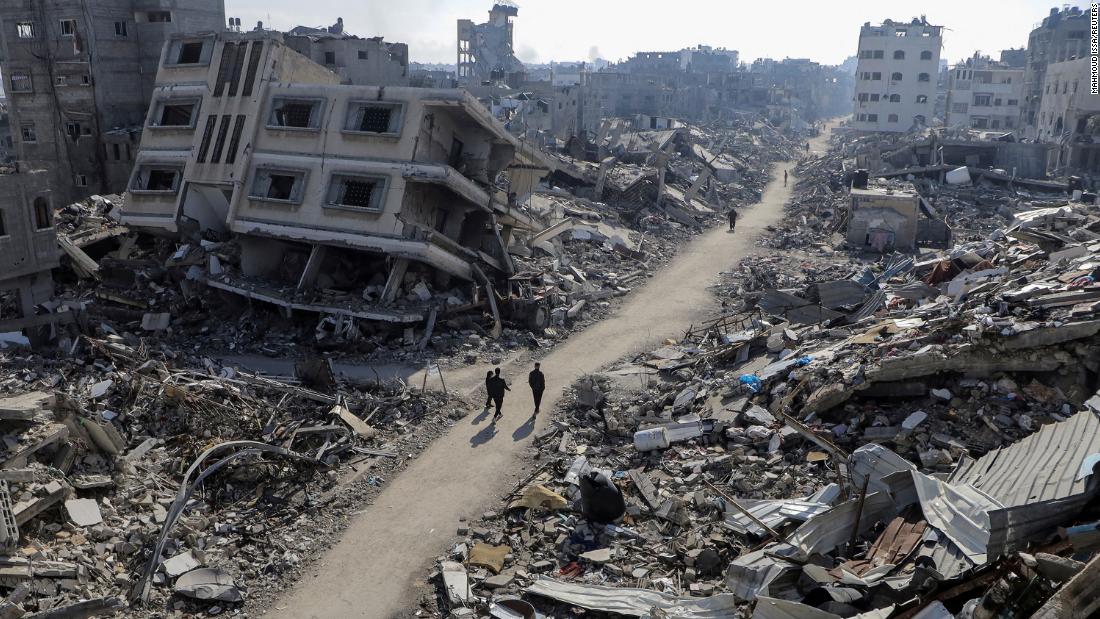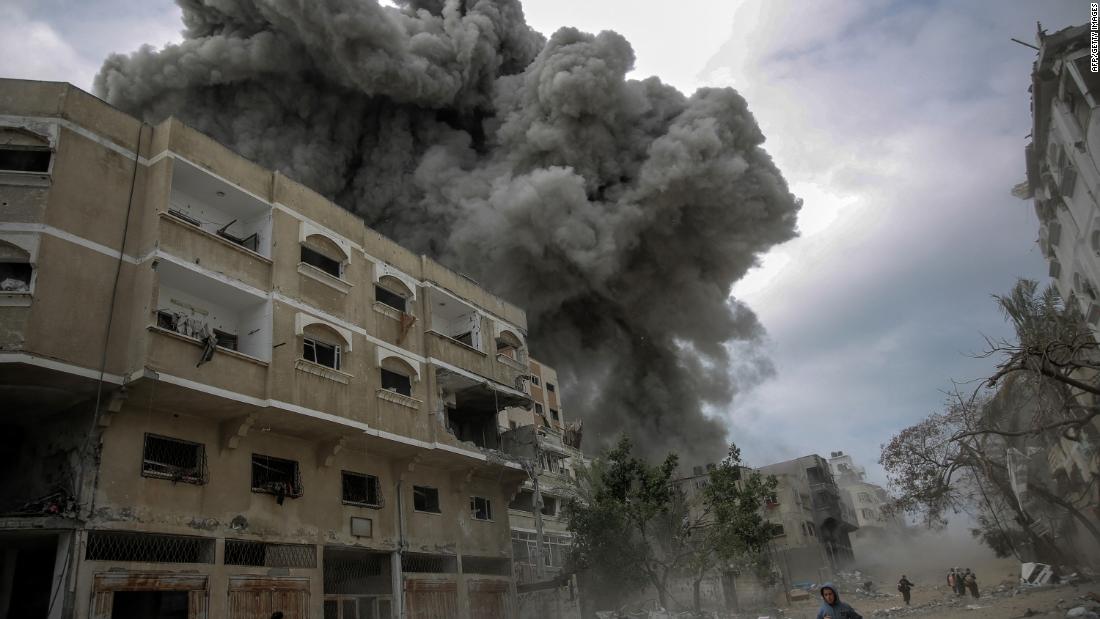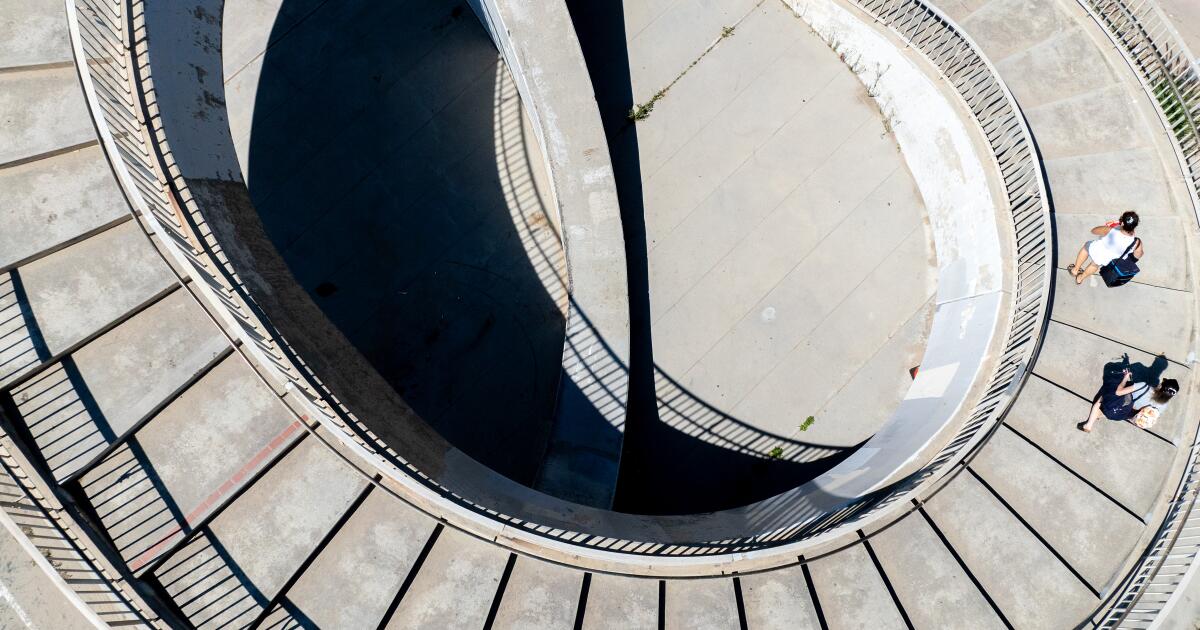Jewish students at a Carmel Unified School District campus were subjected to widespread anti-Semitic harassment over a three-year period, exposed to repeated swastika graffiti in bathrooms and on desks, a reference to Hitler and a verbal threat directed at Jewish individuals, a federal civil rights investigation has found.
The incidents “potentially exposed hundreds of students to anti-Semitic imagery,” resulting in a “hostile environment” — one the district failed to eliminate, Department of Education investigators wrote in a 13-page letter to the district on Friday describing the violations and remedies.
Although the district did not admit to violating the law, school officials reached an agreement with the department’s Office for Civil Rights to address the campus’ adherence to Title VI, a federal law that prohibits discrimination based on race, color or national origin, including shared ancestry. The district will take 10 steps, including revising policies for reporting and responding to harassment complaints and training administrators to investigate and document complaints.
“I am fully committed to creating a safe environment for all of our students, as a school should be a place of growth and learning, not trauma,” Carmel Unified Superintendent Sharon Ofek said in a statement. “As a Jewish-American, I fully support this important step to ensure that antisemitism is completely eradicated from classrooms, culture, and the overall learning environment. To the victims whose unfortunate experiences led to the OCR investigation, please know that you are not alone and I am always here to support you.”
The Carmel Unified case is one of 32 open investigations into national origin discrimination in California schools, according to the Department of Education's database.
The database shows the investigation was opened in 2022, when a student, who was not identified, alleged that the district discriminated against Jewish students by failing to respond “promptly and effectively” to reports of swastika drawings at an unidentified school. The student also said the district retaliated against her after she reported discrimination, though investigators did not find enough evidence to substantiate this claim.
Investigators found nine instances of swastika bullying and one instance of the N-word in 2021 and 2022. During the 2023-24 school year, six more incidents of bullying were reported. Due to high staff turnover, the district said no records could be found for the 2022-23 school year.
Although district officials investigated several of the incidents and sought disciplinary action, they failed to prevent recurrences. They also failed to acknowledge or attempt to eliminate the hostile environment the incidents created for Jewish students, the letter said.
In repeated instances of swastika graffiti in bathrooms, staff reviewed handwriting samples, campus security footage and monitored bathrooms before and after school, but were unable to find the person responsible.
Investigators also found swastikas on desks, rulers and on the skin of one student. One of them was suspended.
Although administrators visited classrooms to discuss hate speech, graffiti and the consequences of such actions, they did not discuss swastikas or their meaning, according to the federal report. The school also failed to show that it offered counseling to those who witnessed or were victims of bullying.
“All we got was a useless five-minute speech in… class,” one student said during public comment at a 2022 Board of Education meeting. “The five-minute speech just said that hate speech was occurring and that the consequences would be suspension and possibly expulsion.”
At the time, the school had formed an anti-hate speech task force comprised of students, staff and administrators. They held at least 10 meetings, set goals for improving school climate and sent out a survey on race relations, which found that 40.49 percent of respondents were “upset” when they learned of “racially motivated hate graffiti in bathrooms, backpacks and other locations.”
However, the Office for Civil Rights found no evidence that tangible steps had been taken to achieve those goals or change the campus climate.
The incidents continued into the 2023-24 school year. The Office of Civil Rights received reports of more graffiti featuring swastikas and a reference to Hitler, the destruction of a movie poster and a verbal threat by a student directed at Jews that was not investigated, according to the letter.
As part of its agreement with the Department of Education, the district will address incidents of alleged harassment dating back to 2021, review and disseminate its harassment policies and procedures, and develop a new way to track complaints. District officials also agreed to educate students and parents about the types of discrimination prohibited by Title VI and how to report alleged violations, conduct a school climate survey with an eye toward anti-Semitism, and develop a plan to address the results.
Administratively, the district must train those responsible for investigating and resolving complaints on how to do so, and report those responses to the Office of Civil Rights over the next two years.












